People go on solo trips for various reasons: someone wants to be alone with nature, someone is going to conduct scientific research, and someone simply cannot find a company. But all solo tourists have one thing in common: they are called desperate. In fact, there is nothing wrong with solo hikes, especially if you prepare well for them.
Together with Yegor Berkut, an expert of the Thule brand and a lover of tourism, we have collected 10 important tips for those who nevertheless decide to get out into nature alone.
Gain experience
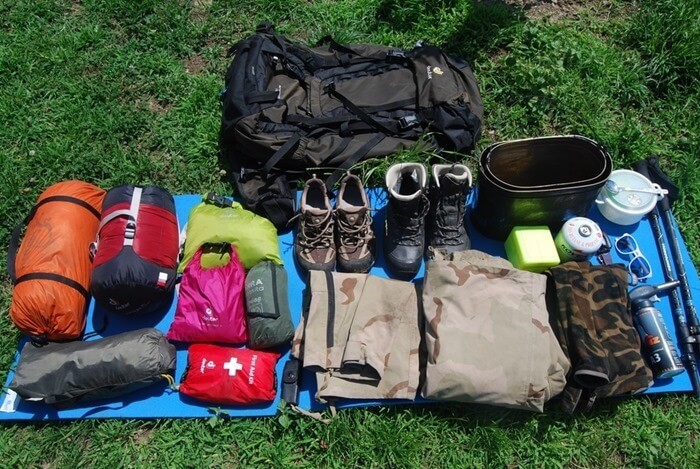 If you turn to an experienced tourist with the question "What to take on a solo hike?", The answer is likely to be disappointing: "If you don't know what to take on a solo hike, don't go there at all." Let it sound harsh, but still: an inexperienced traveler should not rush "right off the bat". Our 10 tips, including those, will not make you a pro: this is just a so-called checklist. How should you prepare? Knowledgeable tourists have developed a formula for the sequence of hikes for a gradual immersion in the topic: group summer, group winter, solo summer, solo winter.
If you turn to an experienced tourist with the question "What to take on a solo hike?", The answer is likely to be disappointing: "If you don't know what to take on a solo hike, don't go there at all." Let it sound harsh, but still: an inexperienced traveler should not rush "right off the bat". Our 10 tips, including those, will not make you a pro: this is just a so-called checklist. How should you prepare? Knowledgeable tourists have developed a formula for the sequence of hikes for a gradual immersion in the topic: group summer, group winter, solo summer, solo winter.
The hikes are, of course, listed as difficulty increases. There is another option (which does not contradict the formula, but rather complements it): go on a group hike, but, for example, separate from the group for the night. The degree of independence (distance from the group and the length of being alone) can be gradually increased - of course, by prior agreement with the team. And at a certain point you will feel that you are ready for a full solo trip.
Do not neglect safety precautions
No matter how sad it may sound, there will be no one to save you in a solo campaign, so it is much stricter to follow all the rules. The more carefully you behave, the less likely accidents will be. If solo hikes are new to you, be careful already at the planning stage.
Explore the area
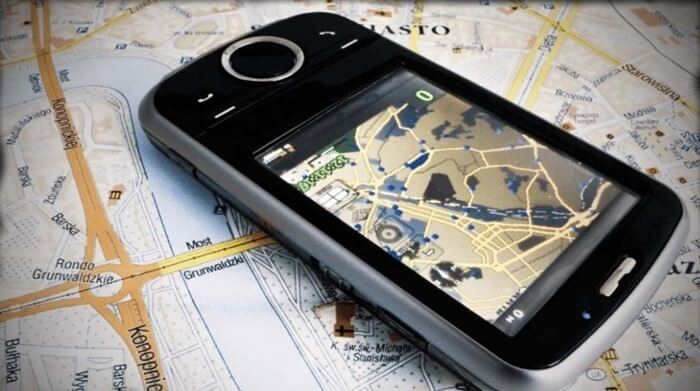 Even if the route you have chosen is not particularly difficult, pay special attention to its study. The option “someone from the team will tell you - it won't work”; this, by the way, also applies to navigation aids - you need to learn to use maps / compass / navigator before starting the hike. Pay attention to the topography of your route and the nearby water sources in advance - you may need to replenish supplies. Also, it is better to think over the options for action in the event of force majeure: provide options and methods of "throwing out" from different sections of the path.
Even if the route you have chosen is not particularly difficult, pay special attention to its study. The option “someone from the team will tell you - it won't work”; this, by the way, also applies to navigation aids - you need to learn to use maps / compass / navigator before starting the hike. Pay attention to the topography of your route and the nearby water sources in advance - you may need to replenish supplies. Also, it is better to think over the options for action in the event of force majeure: provide options and methods of "throwing out" from different sections of the path.
Don't overload yourself (literally)
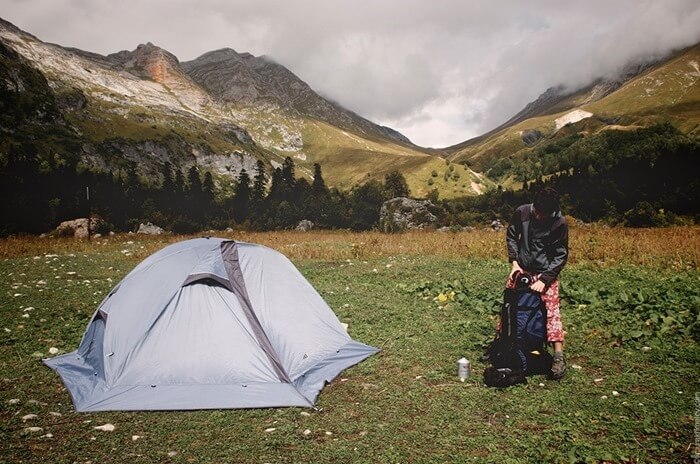 The most unpleasant part of the solo hike: you will have to carry all the luggage yourself, the trick with dividing the equipment into backpacks will no longer work. Pay special attention to the choice of a tent: it is, of course, better to take a single one - it weighs a couple of kilograms less than the more spacious options.Focus on the terrain where you will be camping - this affects which tent is better to take: high-mountain (with increased wind resistance), mid-mountain and flat.
The most unpleasant part of the solo hike: you will have to carry all the luggage yourself, the trick with dividing the equipment into backpacks will no longer work. Pay special attention to the choice of a tent: it is, of course, better to take a single one - it weighs a couple of kilograms less than the more spacious options.Focus on the terrain where you will be camping - this affects which tent is better to take: high-mountain (with increased wind resistance), mid-mountain and flat.
Assemble your first aid kit carefully
The most important piece of luggage is the first aid kit. It should contain the necessary minimum: bandages, iodine and plasters for the treatment of open wounds; medicines for indigestion and poisoning; anti-inflammatory and pain relievers. And, of course, individual medicines - only you know what your body cannot do without.
Don't take too much food
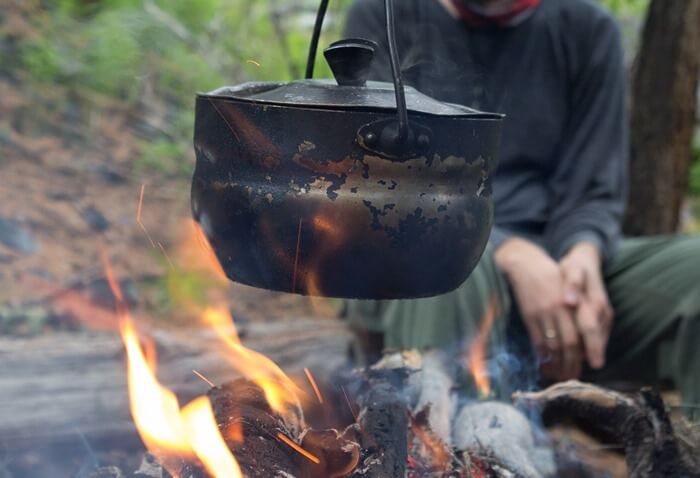 Again, to make your luggage a little less heavy, cut out a lot of provisions. Instead of stew, which is traditional for hiking, you can take, for example, smoked sausage (not boiled, which quickly spoils) - stew is usually packaged in large cans, you will not eat a whole jar at one meal, and it is absolutely not recommended to keep it open. Take with you a couple of chocolates - bitter or with added nuts. Chocolate is great for energizing, so necessary for a hike.
Again, to make your luggage a little less heavy, cut out a lot of provisions. Instead of stew, which is traditional for hiking, you can take, for example, smoked sausage (not boiled, which quickly spoils) - stew is usually packaged in large cans, you will not eat a whole jar at one meal, and it is absolutely not recommended to keep it open. Take with you a couple of chocolates - bitter or with added nuts. Chocolate is great for energizing, so necessary for a hike.
Take breaks
Do not forget that a hike is, first of all, one of the types of recreation, and physical fatigue is not the best companion. “You go on a hike alone and there is no one to be heroic, therefore, take a break,” insists Thule expert Yegor Berkut. This advice is especially relevant for those who set off on a journey through difficult terrain - sometimes halts are needed at least in order to regain breathing.
Think about leisure
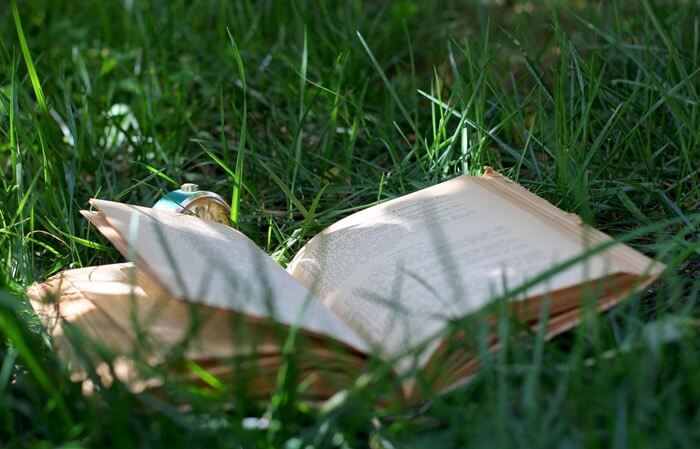 "How, but the hike is already leisure?" Yes, definitely; but, if in a group hike you can always chat with colleagues in the group, then on a solo trip you will be left one-on-one with your thoughts. In order not to start talking with your backpack - stock up on books, films or your favorite music; it's good that now this can be done with just one device.
"How, but the hike is already leisure?" Yes, definitely; but, if in a group hike you can always chat with colleagues in the group, then on a solo trip you will be left one-on-one with your thoughts. In order not to start talking with your backpack - stock up on books, films or your favorite music; it's good that now this can be done with just one device.
Try not to be nervous for no reason.
In a solo hike, you should be especially careful; but sometimes mindfulness becomes more like paranoia. If you are spending the night in the forest, be prepared for “local” noise: for example, an intimidating sound similar to footsteps may be the sound of a falling branch.
Ask questions
 No matter how experienced hiker you are, be sure to check with other hikers before your first solo hike. All questions - even stupid ones - are best asked in advance; so you can plan your trip more carefully.
No matter how experienced hiker you are, be sure to check with other hikers before your first solo hike. All questions - even stupid ones - are best asked in advance; so you can plan your trip more carefully.
And, finally, the most important thing: take attentiveness with you, but it is better to leave fear at home. Solo hikes are a great opportunity to experience unique emotions!

